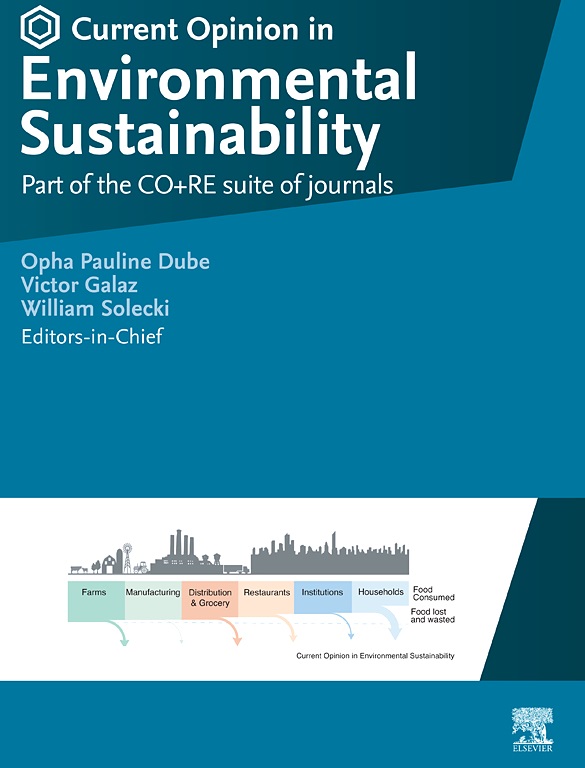The success of multiple forest management systems is contingent on a variety of social, economic, biophysical, and institutional factors, including the integration of timber and non-timber forest product (NTFP) extraction and management. Selective logging for timber is increasingly taking place in forests where the collection of Brazil nuts, a high-value Amazonian NTFP, also occurs. We report on logging damage to Brazil nut trees in three certified timber concessions in Northern Bolivia from which timber is harvested using reduced-impact logging (RIL) guidelines and nuts are gathered yearly from the ground by local people. Observed frequencies of logging damage to Brazil nut trees were low, likely mirroring the low intensity of timber harvesting (0.5 trees/ha and 5m3/ha) being currently applied across the study area. Of the trees 10 cm in diameter at breast height about 0.1 Brazil nut trees and 0.4 timber species per hectare suffered some degree of logging damage. Crown loss was the predominant damage type for Brazil nut trees accounting for 50% of all damage. In spite of the observed low rates of tree damage, we further recommend that RIL guidelines be amended to include the pre-harvest marking of prereproductive Brazil nut trees along with the future crop trees of commercial timber species. Further refining directional felling to reduce crown damage to Brazil nut trees would also serve to helpmaintain nut yields in the long term.
DOI:
https://doi.org/10.1016/j.foreco.2009.05.022
Jumlah Kutipan Dimensi:



















